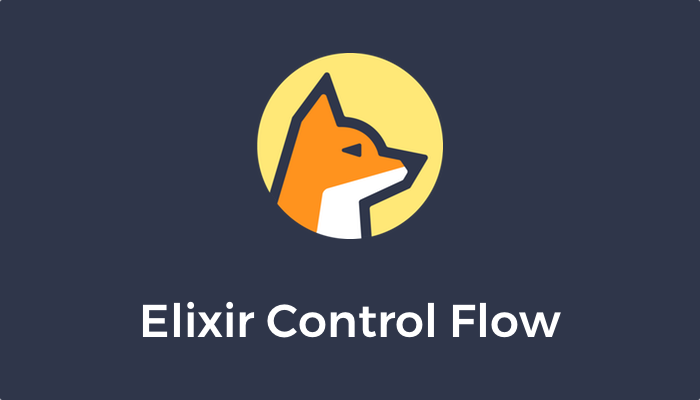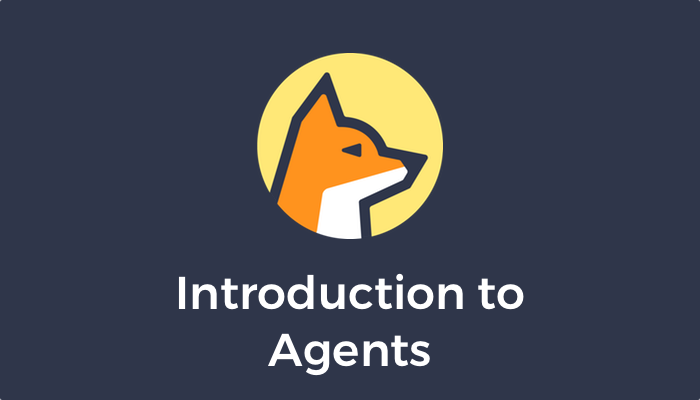Learn Elixir
& Phoenix
ElixirCasts makes it easy to learn how to build applications with Elixir and Phoenix
Watch or Read
The best of both worlds. Every episode includes a video tutorial and a full transcript.
200+ Episodes
Every episode delivers hands-on, real-world examples you can use.
Stay Current
Continually updated with episodes that showcase the latest in the Elixir ecosystem.
Latest Episodes

#33: Elixir Control Flow
In this episode we’ll learn about three different control structures in Elixir: if/else, case, and cond. If you’re new to Elixir or just learning programming this is a great episode to start with.

#32: Intro to Agents
Elixir Agents are used to manage state. In this episode we’ll learn how we can use an Agent to update and retrieve some state of our own.

#31: Composing Ecto Queries
In this episode we look at one of the great features of Ecto - composability. We’ll add a query into an existing filter to see how easy it is to compose queries in Ecto.

Alchemist's Edition
#30: Moving to Elixir Part 6
In part 6 we experiment with OTP to see how we can make our inventory import more resilient. Then we’ll use the power of concurrency in Elixir to speed up our inventory import.

Alchemist's Edition
#29: Moving to Elixir Part 5
Now that our interface is working, we turn our attention to making sure our inventory it displays is current. We’ll create a custom Mix Task that we can run to import and update our inventory.

Alchemist's Edition
#28: Moving to Elixir Part 4
In part 4 we work on some improvements to our interface. We’ll add pagination, use Ecto to ensure we’re only displaying the cars we want to. Then we’ll see how helper functions can be used in our templated.

Alchemist's Edition
#27: Moving to Elixir Part 3
In part 3 we tackle URLs. We create a new URL structure to go along with our new app. Then we use Plug to create a custom redirect module to handle traffic to the old URL structure.

Alchemist's Edition
#26: Moving to Elixir Part 2
In part 2 of our series we take our existing data and determine how to structure it inside our Elixir application.

Alchemist's Edition
#25: Moving to Elixir Part 1
In the first episode of the Moving to Elixir course we create our application with a MySQL database. Then we import our existing database and make sure our application starts.
